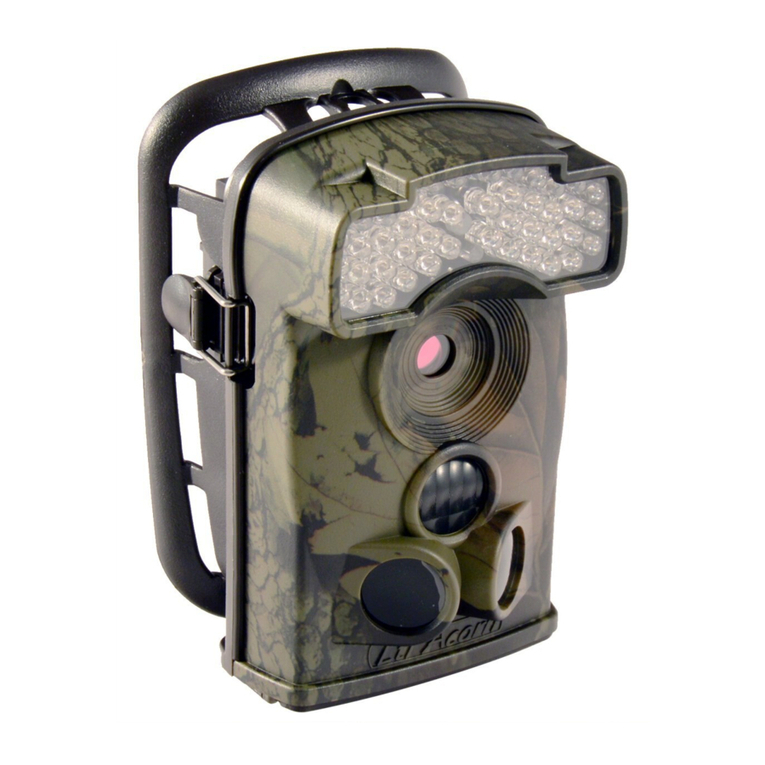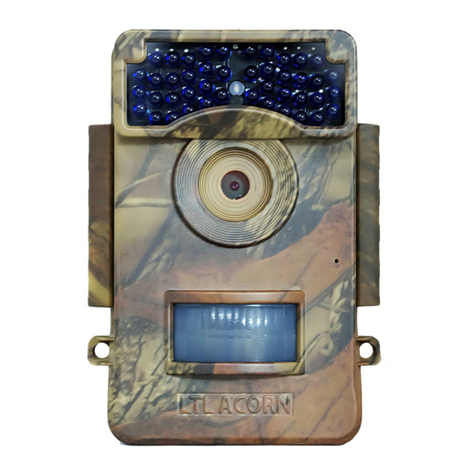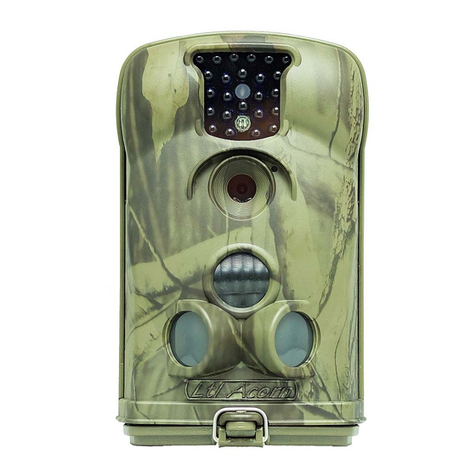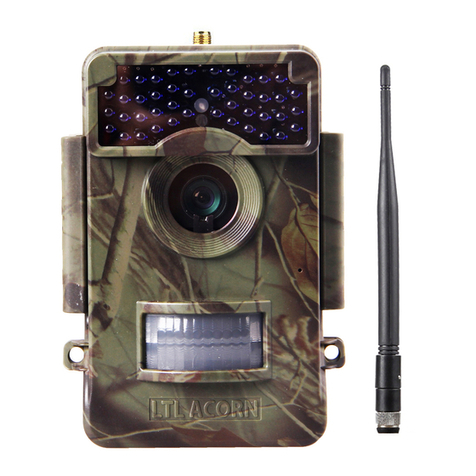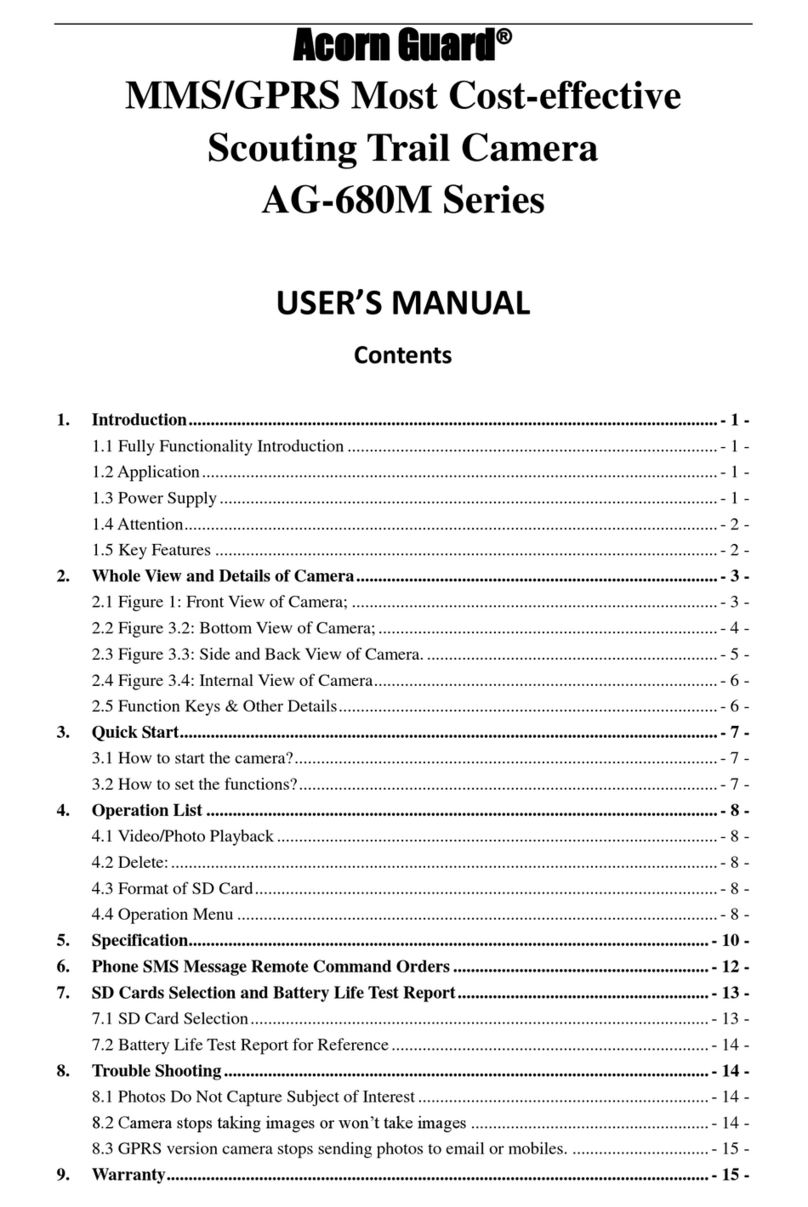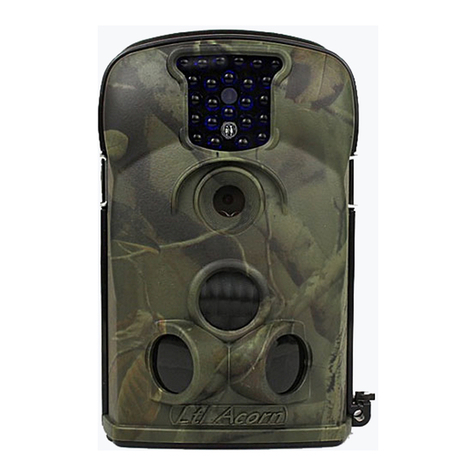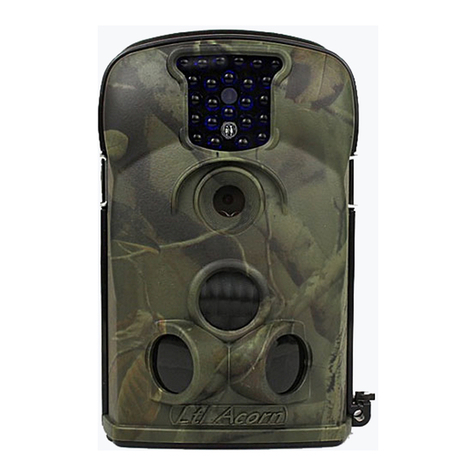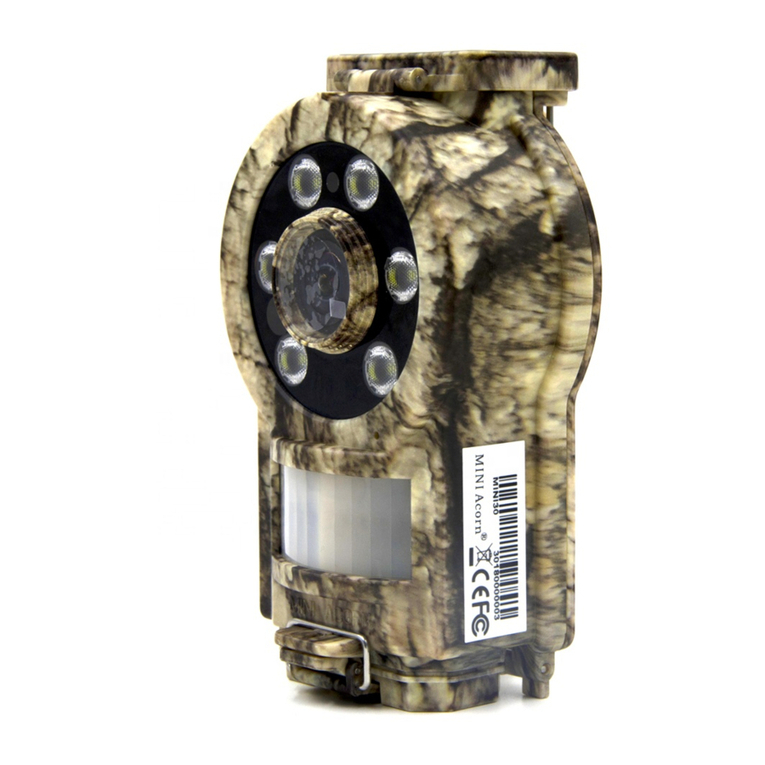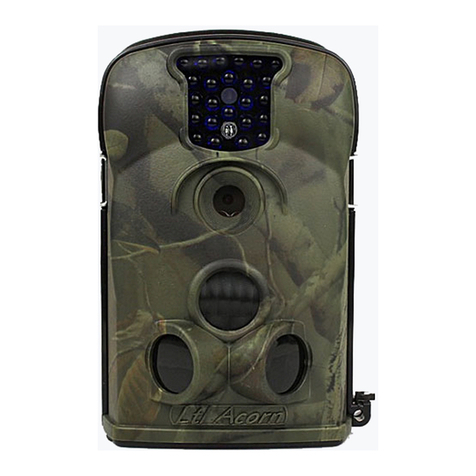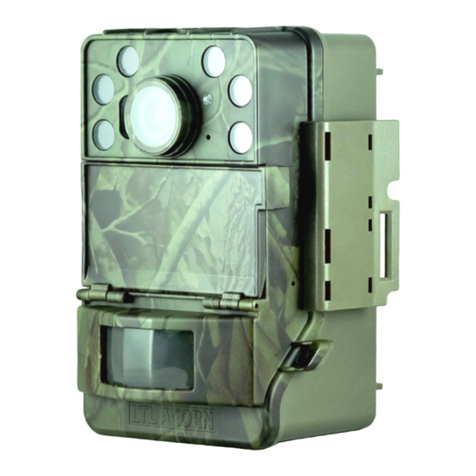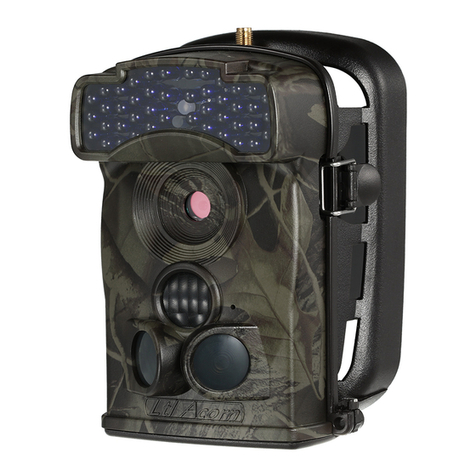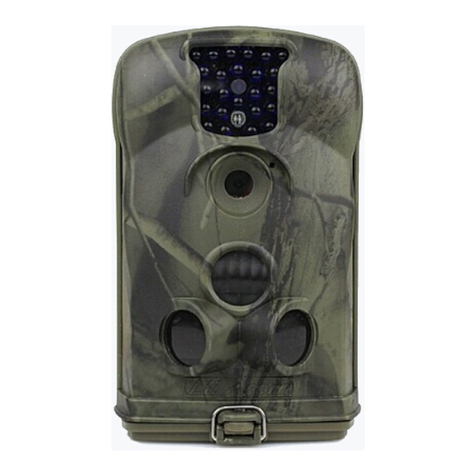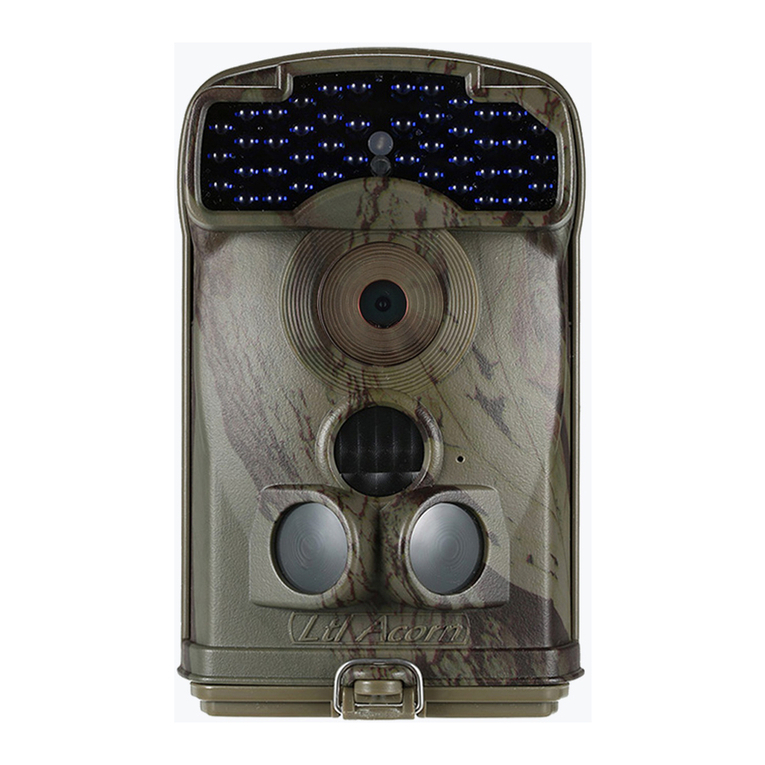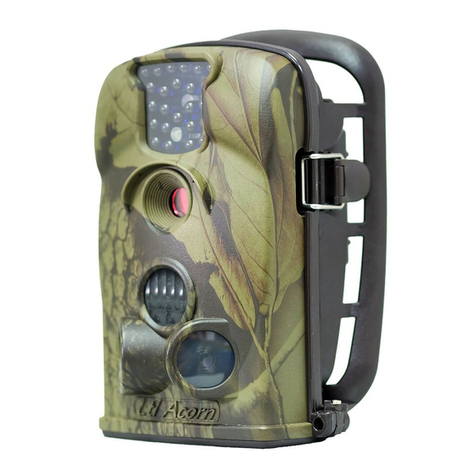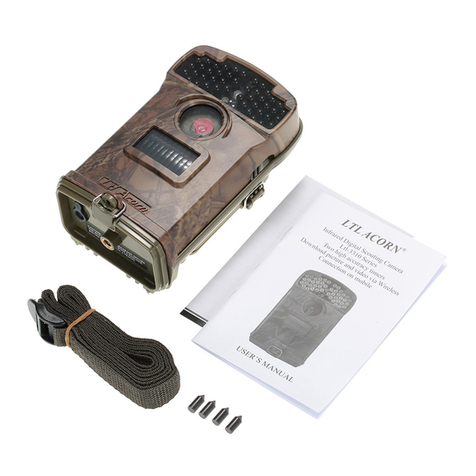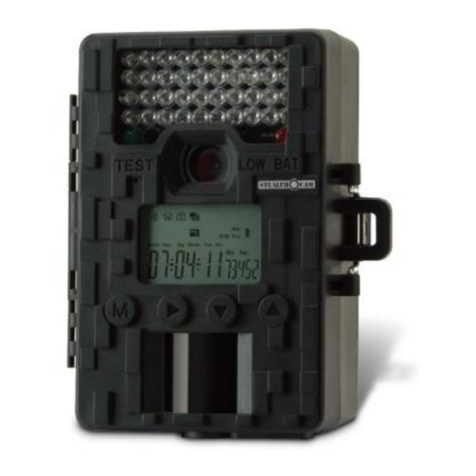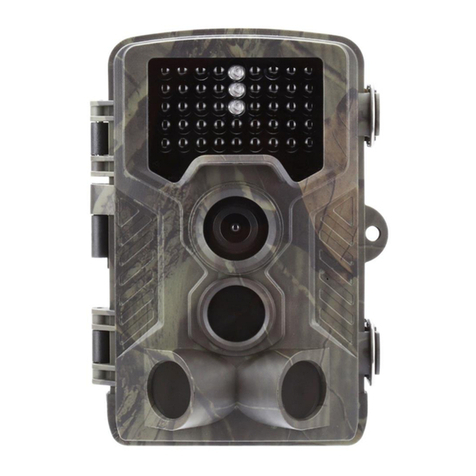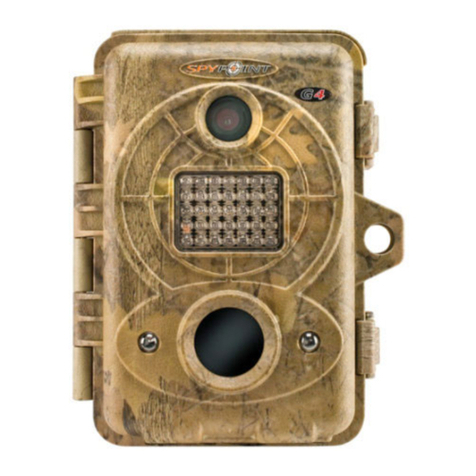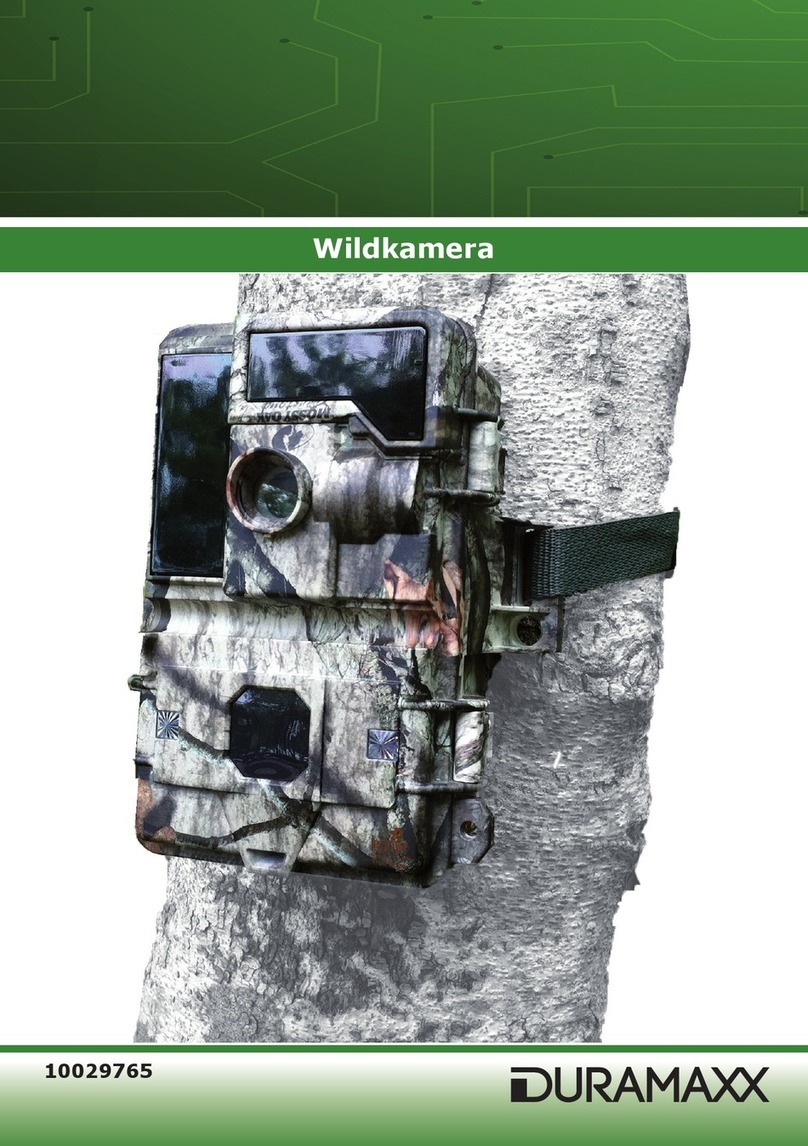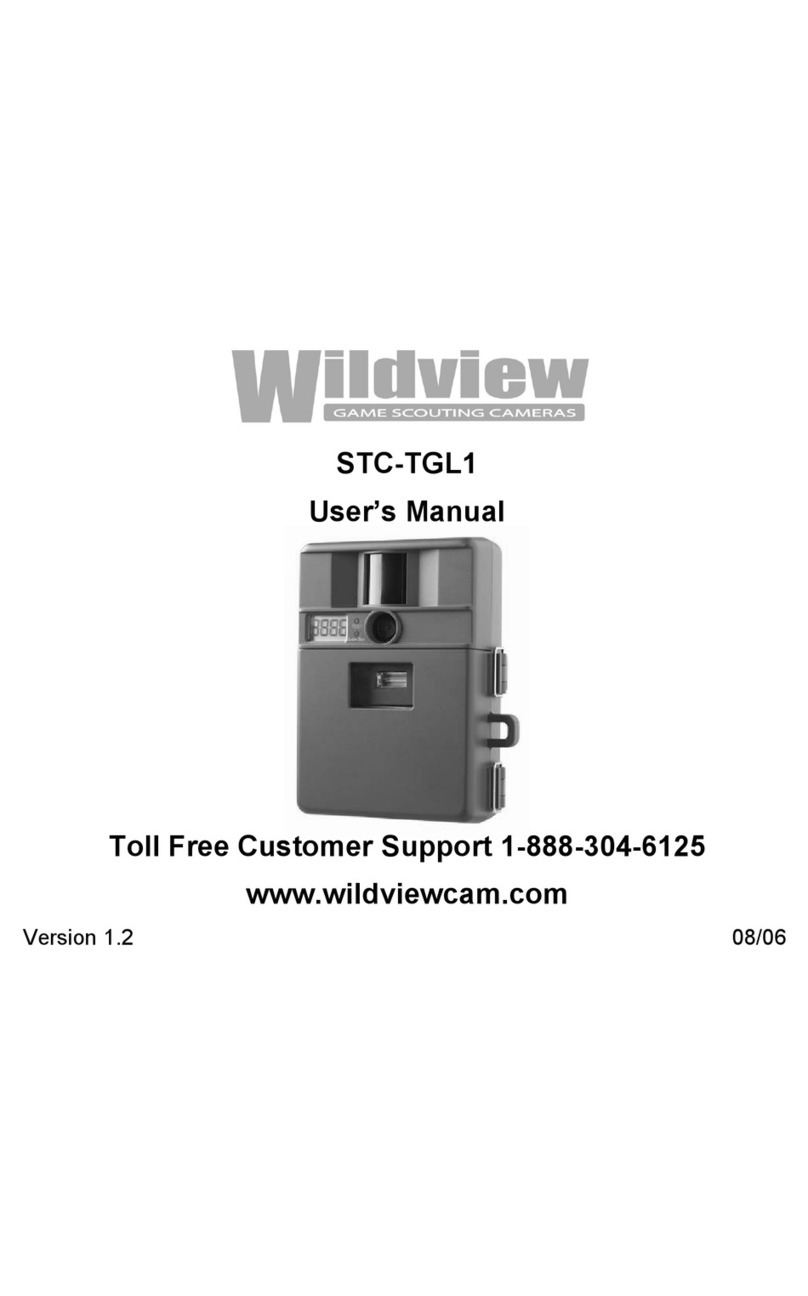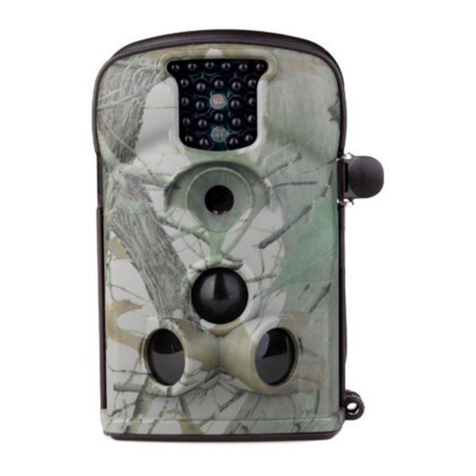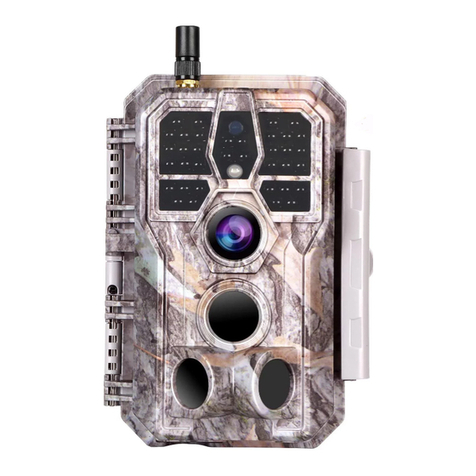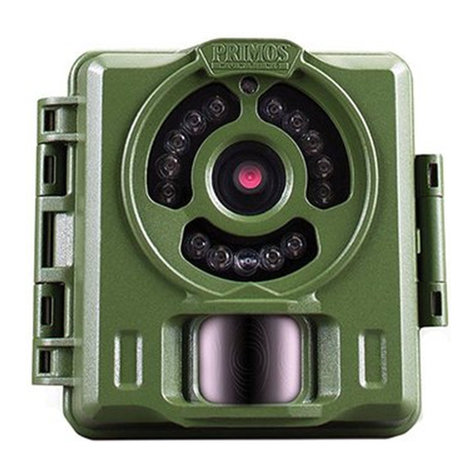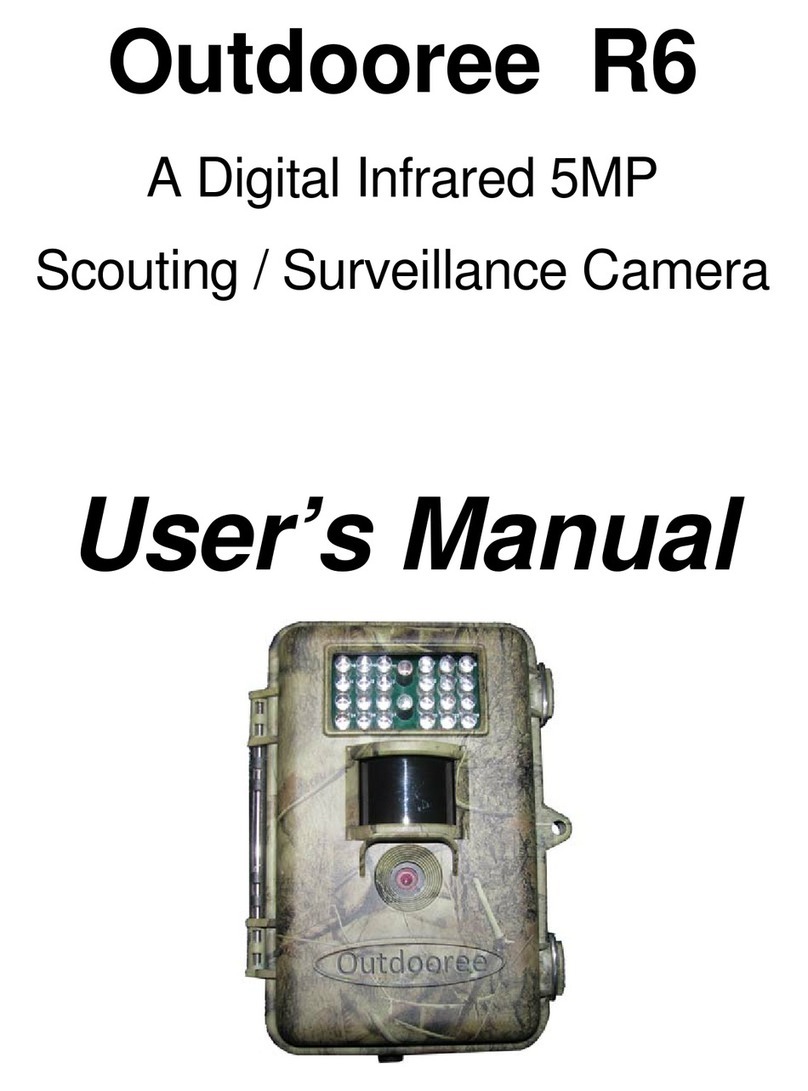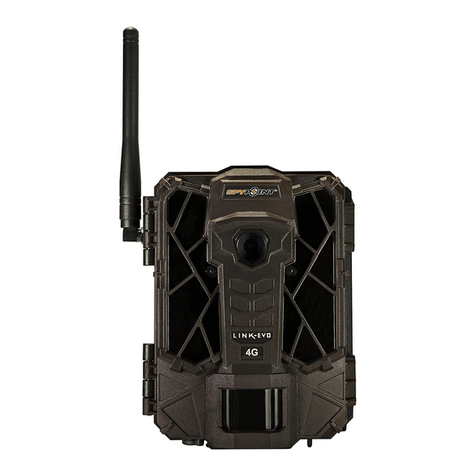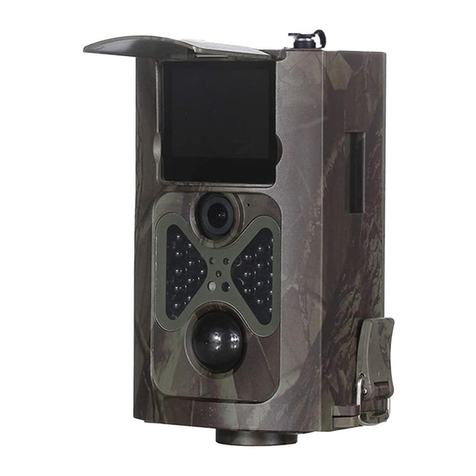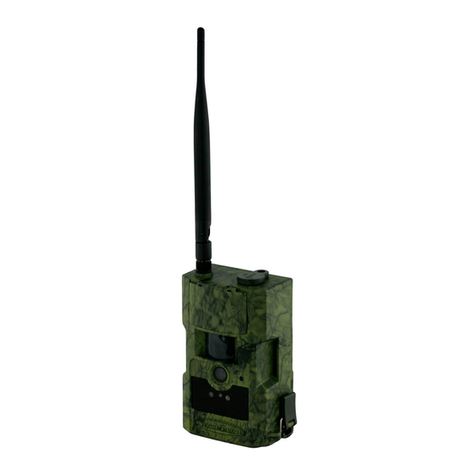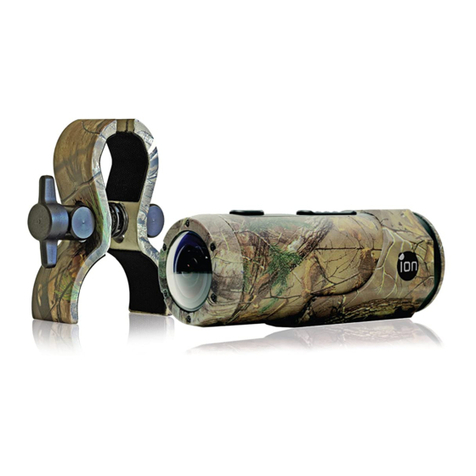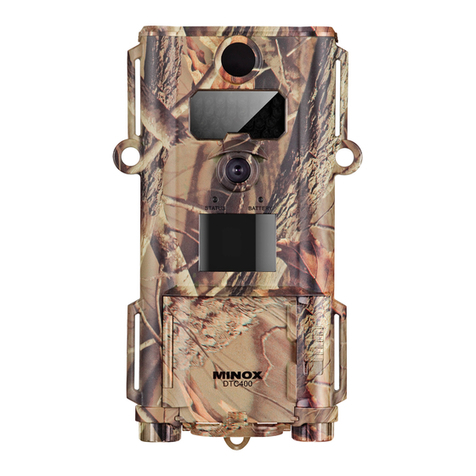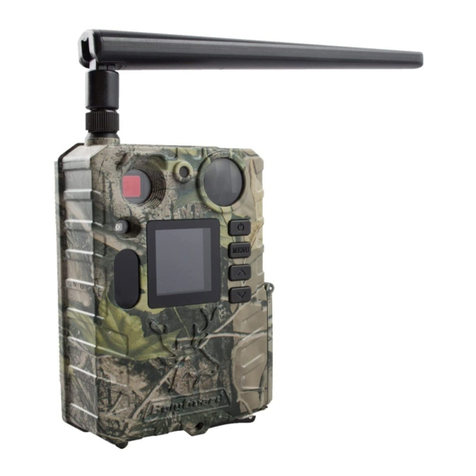
- 1 -
USER’S MANUAL
TABLE OF CONTENTS
General Information.......................................................................................................................2
1.1 Features...............................................................................................................................2
1.2 Application..........................................................................................................................2
1.3 Illustration...........................................................................................................................3
Getting Start....................................................................................................................................6
2.1 Insert SIM Card .................................................................................................................6
2.2 Load Batteries on the Front Camera ...................................................................................6
2.3 Insert SD Card and Format It..............................................................................................6
2.4 Set up Camera on PC..........................................................................................................7
2.5 Set up MMS Function on PC..............................................................................................9
2.6 Set up GPRS Function on PC............................................................................................11
2.7 View Local MNOP Name and Signal Strength on TFT display........................................12
2.8 Camera Working with MMS.............................................................................................14
2.9 Enter Test Mode................................................................................................................14
2.10 Enter Live Mode .............................................................................................................15
2.11Advantages of Prep Sensors............................................................................................15
Advanced Settings.........................................................................................................................16
3.1 Parameter Settings.............................................................................................................16
3.2 Set up MMS on Camera....................................................................................................19
3.3 Change language...............................................................................................................21
3.4 File Format........................................................................................................................21
Ltl-6210M Series Products...........................................................................................................22
4.1 Parts...................................................................................................................................22
4.2 Models for Purchase..........................................................................................................22
Important Information.................................................................................................................23
5.1 Power Supply ..................................................................................................................23
5.2 SD Card.............................................................................................................................23
5.3 Auto Adjustment on Video Length...................................................................................23
5.4 850nm and 940nm IR LED...............................................................................................23
5.5 Mount on Tripod...............................................................................................................24
5.6 FAQs on MMS Function...................................................................................................24
5.7 Battery Level Indication....................................................................................................25
Firmware Upgrades......................................................................................................................25
6.1 Firmware Upgrades...........................................................................................................25
Warranty Information..................................................................................................................26
Appendix I Technical Specifications............................................................................................27
Appendix II Package Contents ....................................................................................................29
